05/01/24: Where a Trusted Design Booster Finds Craftsmanship in New York
One of New York's foremost design experts shines a light on craftsmanship; Rothko arrives in Scandinavia; and a photographer of the underserved gets a nod at MoMA.
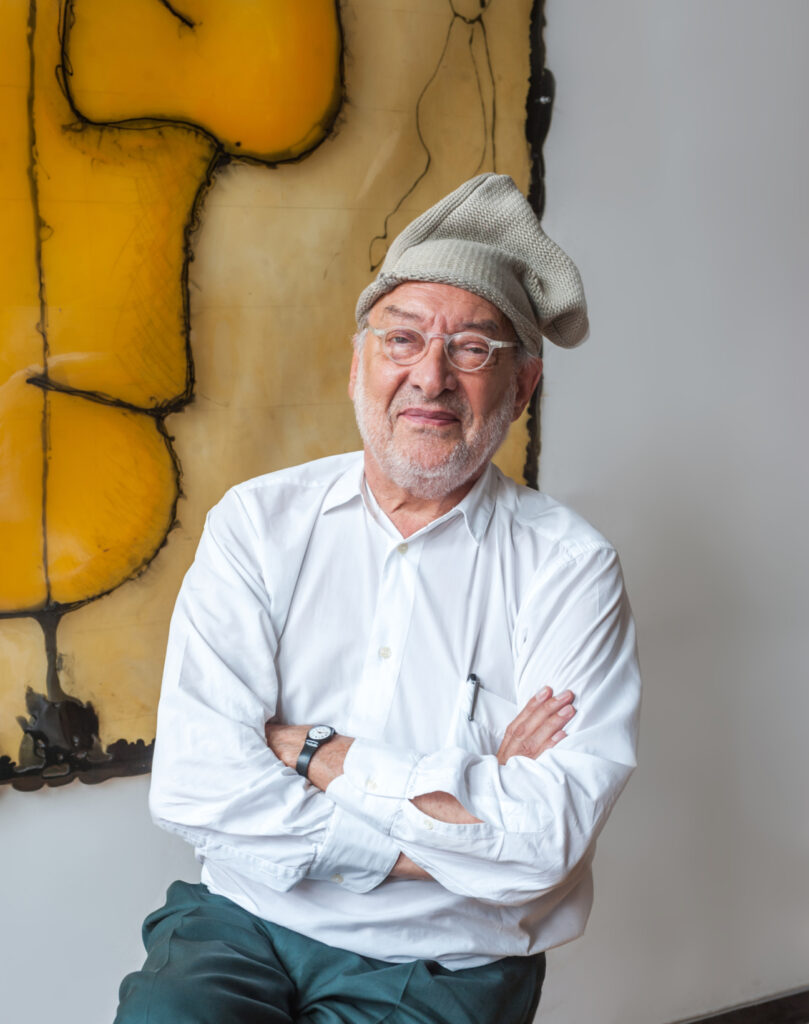
Designer, artist, iconoclast—Gaetano Pesce has been a creative force for more than 50 years. Celebrating his legacy in a new book, “The Complete Incoherence,” the Italian-born legend chats with Dan about the most important muses of his life, how he predicted the limited edition object, the meaning behind his imaginative work, and his absolute favorite New York restaurant.
Gaetano Pesce: I don’t believe in God. I believe in a God called time. Time is a notion that changes all the time, suggesting new values, taking down other values. And we, as a creative people, have to follow that. Otherwise, we lose the connection with time.
Dan Rubinstein: Hi, I’m Dan Rubinstein and this is The Grand Tourist. I’ve been a design journalist for nearly 20 years and this is my personalized guided tour through the world’s fashion, art, architecture, food, and travel, all the elements of a well-lived life.
A quick programming note, welcome to the season seven finale, and we’ll be back in September with a massive season planned. And thank you to all of our listeners for making this spring a period of incredible growth for the show.
Now onto today’s guest, but where to begin? Some figures in design loom so large and break through so many barriers and have such longevity and such poetry to everything that they put out into the world, it’s impossible to overstate their influence. That’s why it was such a pleasure to speak with my guest today, someone I’ve long admired for his bravado and sheer creativity, Gaetano Pesce. For those uninitiated, a rather reductive basic description. He’s an Italian artist and designer based in New York, and while his name is on some bestselling products first created decades ago, namely the Up Chair from B&B Italia that looks like a voluptuous woman with a ball and chain attached to it that makes an ottoman, most know him today for his blobby furniture and objects made from ultra-colorful resin.
His new book, “The Complete Incoherence,” published by Monacelli, guides readers to the various stages of his career today. From his humble beginnings growing up in Padua, to his early days working with the avant-garde collective Gruppo N in the early ’60s, to a pivotal moment where he met Milena Vettore an artist and partner in many ways and someone who opened the young artist’s eyes to the world of design. Milena tragically passed away too early, but her impact on his life is immense. More on that later.
The book also details his legendary furniture pieces, his move to New York that would become his home and muse for decades, and his many architectural and interiors projects, the most legendary of which is one that he sketched and conceived in 1987 and has yet to be built, the Pluralist Tower, where each floor will be designed by a different studio. But you don’t talk to Gaetano Pesce too much about space planning and resin techniques. Instead, what makes him so beautiful to me is his radical mind and poetic soul, something that, over the years, smashed barriers between art, design and the very meaning of creativity.
I caught up with Gaetano from one of his studios in New York City to talk about the day he met Milena, his legendary art performance in 1967 called “Piece for an Execution,” where a woman fakes committing suicide with blood that flowed like paint, how he helped give birth to the idea of limited edition objects, why his phase as a young communist didn’t last very long, and stick around to the very end for his favorite restaurant recommendation.
(MUSICAL BREAK)
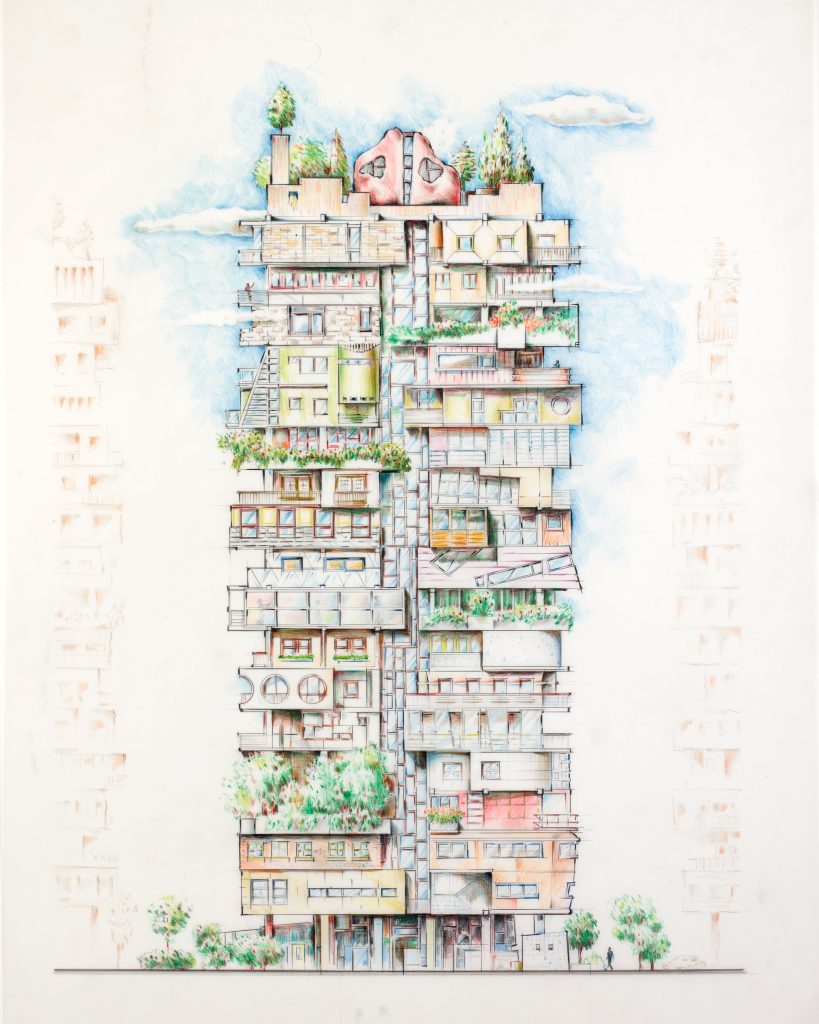
Congratulations on the new book. It covers your life in so many beautiful ways and in very intimate ways. And I’m curious, I wanted to talk to you a little bit about your early days and your early life and I’m wondering what were your earliest or first memories of your creative life?
Yes, look I had the grand eye, we say. Why you say in the space on top the apartment building? Usually there a is a place where people put the crates, put whatever they don’t need. And in there I remember I create a little workshop for myself and I was building little boats that then I was going to the sink with a piece of aspirin, put it behind the boat and they were moving because the aspirin pushes the boat. So that was my experience with the end and with the brain at the beginning, making toys in a certain way. Because I came from a family that it was not very rich and so there was not a lot of toy and me, I was doing the toy in this way. That is what I remember.
Did your mother encourage you to be creative?
Very much. My mother was a pianist and with her we were talking why a composer in music irrespective of the time when he works. Meaning music like any other art have to relate with the historical moment. And with my mother, we were discussing this very much the relation between Bach music and his time, 17th century. Or others. Or Chopin able to represent the romantic time. Or Debussy representing the impressionism in music. And she was my mother that one day she said to me when I was 17, 18, “You have to go to a school of architecture because architecture is the queen of arts.” And I think it was a good decision, because there I learned a lot and it was a kind of old school in a certain way where we were supposed to study also philosophy, also mathematic, also physic, et cetera, et cetera. So, it was a very interesting school.
I had famous teacher but I didn’t like them. And the only I enjoyed was historian. He was teaching history of architecture called Bruno Zania. And he was a great mind and he was able to make people don’t think in a stupid way, but think in an intelligent way. That he was a fantastic teacher.
I read in your book that you had your first exhibition when you were 17 years old.
Yes.
In Padua?
Padua.
How did that happen?
We were a group of friends, a group of very young people, artists or so-called artists, decide to do a show in a gallery called Pro Patria. Is incredible. Incredible name, Pro Patria in Padua and me, I participated with the drawings done with the pen. And they were more landscape or interior, that kind of thing. Very simple, nothing special.
Was that group, Gruppo N?
No.
No, this is before.
Now, I am talking about the years 1957. The Gruppo N start in 1959. And me, I stay with them only three or four years because we were doing kind an abstract representation of mathematic for very geometrical things. We decide not to use our name and me, I left very soon because between our production and reality, there was no relation. We were expressing expression that were abstract and the reality is another thing. In that moment I remind you there was the Vietnam War where we need the young people were very connected to that. And with our art we were not able to speak about it. And so I prefer to leave the group and do something else. And this is what I start to do at that time and is still something that I do today. A kind of expression that is related to reality.
I remember one thing that is interesting to say, the traditional artist, he found something to do and then he repeats all his life or her life. And in reality, the other people in the group, until today, they do the same thing that they were doing 70 years ago or no, 60 years ago. And for me this is quite strange because time change and reality change and you are not supposed to do always the same thing. So that is why I am very happy that I left this group because it was very boring in a certain way.
I’m curious about your time in Venice when you studied there. What was it like to, I mean as anyone can imagine, the city of Venice must be so inspiring to go to a school there. What do you remember from your days in Venice?
Yeah, going to university in Venice, especially in winter, is very silent, very concentrate. You go to school, there is not a lot of tourists at that time. Today there are tourists also in winter. And so it was like a little village being in Venice. Because in the summer, more or less, half a million people. In the winter, at that time there were maybe 60,000 people. So it was very [inaudible 00:09:26]. I always say [inaudible 00:09:27]. Silent and with yourself, with your friend. And so the life was to go to school, meeting the friend in the bar, discussing about architecture because we were very committed to architecture. We discuss a lot, how to do this, how to do that. So it was very rich intellectually.
Venice is a incredible tradition in art. So for us it was enough to go around and see fantastic architecture, going to museum, seeing beautiful painting, incredible art, going to churches and seeing magnificent structure. So it was a open school and so I learned a lot there.
And if you could travel back in time and maybe visit yourself as a young man in Venice and give your younger self a piece of advice, what would that piece of advice be?
Curiosity. You have to be curious about what is our situation, our reality. Try to satisfy curiosity all the time. There is always something that we need to clarify to ourself. The other night I was in a restaurant with a philosopher from London, a woman. And we were discussing the meaning of life. It was difficult to define this, but at the end I think the best is someone thinking is alive. If you don’t think, you lose this quality of life that is magnificent.
(SPONSOR BREAK)
You had this personal and professional relationship with Milena Vettore, an artist, and in the book you explained that she opened your mind to many things, including industrial design, that it could be a creative outlet for you. I’m curious if you could just tell me how you met and what was she like as a person?
She was from Padua, like me, living in Padua. And so she was going to the school of sculpture in Venice and me, I was going from Padua with a train to school of architecture. Me, I was traveling where usually they put the bags because I was not paying the ticket. And so, one day I was up there because the controller never look up, they look down so they never saw me. And one day there was a young woman who was looking to me and smiling because I was up there and that was Milena. And so we became friend. She immediately left the school of sculpture and went there because she was very curious and she convinced me to be there, not as a student, but as someone that is listening what the teachers say, et cetera. And so me, I discovered the world of design and with her we had the evidently, we had a long discussion about what is design of the future, et cetera.
And we had a little office in Padua. And one day, for some reason a man called Cassina came to buy our drawings because we were making drawings. And so we had the connection with the number one industry for design in Italy. And this gentleman invite us to do experiments in his company that is in Milan. And so we went and we were making a lot of experiment on material, experiment on anything with machine there. And one day unfortunately one machine on the vacuum machine put out a sound so strong that touched the brain of Milena and create a embolo, I don’t know what—
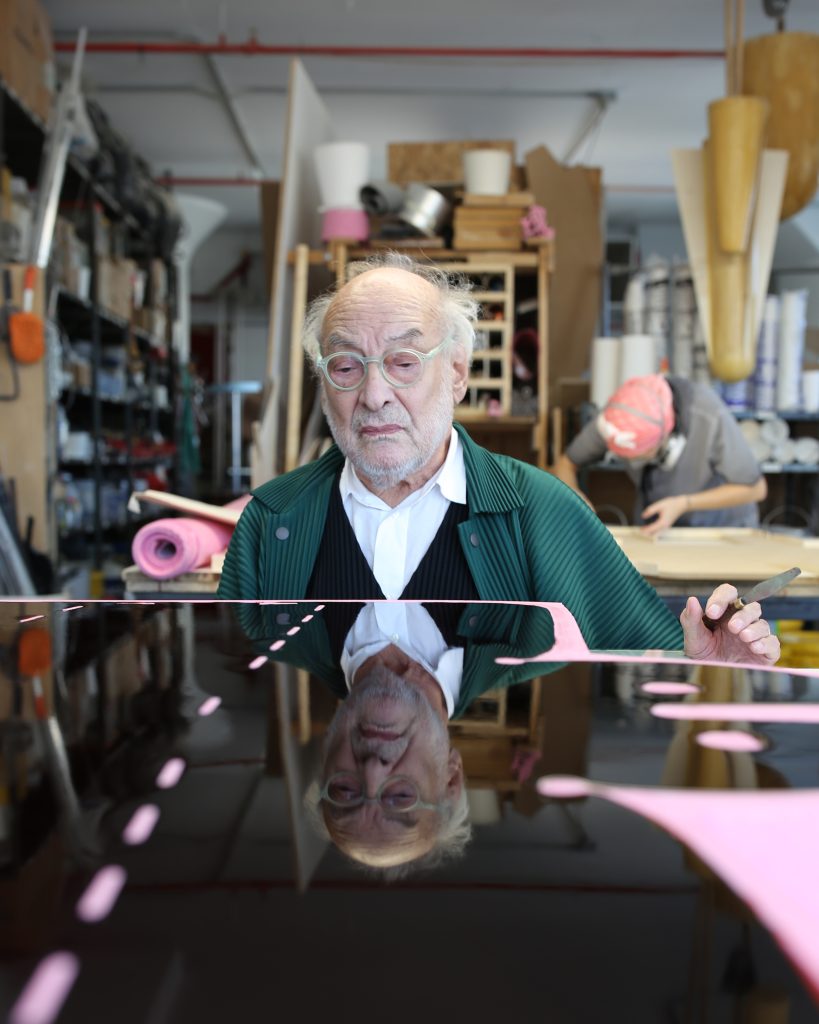
An embolism or a hemorrhage.
And she died in 11 days.
Oh, gosh.
So for me it was a drama. And then I start to travel in Italy discovering part of Italy that I didn’t know. And then I remember someone invite me to do a show in Naples and I did a gallery full of blood.
This was “Piece For an Execution,” correct?
Yeah, no, the “Piece For Execution” come in 1967.
Okay.
The show in Naples was few months before.
Oh, okay.
And the Peace of Execution was exactly what you are saying. And it was also very strong representation. It was a inclined plane where on top of the cover with white plastic and on top there was a man seated on a chair and the public was at the end of this inclined plane and there was a shot in the dark, a weapon.
Like a gun?
A gun. And then blood was coming down. Blood was 500 liters and it was warm. So you see the fume of the blood. It was very impressive. And the people in the audience, they cannot believe because the blood was everywhere. So that was a way to say, “Look, we are all responsible for what happened negative.” And so that was also a way to answer for me to the die of Milena. Was a moment to fix and then do something else.
What did she mean to you? Obviously, she had a big impact on you. What did she mean to you?
Very big. She came, look, the story is this. She came from sculpture to study design. So she had a mixed idea of design between art and industrial object. The discussion we had was if we add to the form and the function of an object, we introduce expression, then is art. And this was the center of our discussion. In reality a few years later in 1969 I did a series of chair that were really very important because it was the first chair with a political meaning. It was a chair with a shape of a body of a woman with the ball attached to the body and is the image of the prisoner. And in reality, women until today, they are prisoner. More in certain countries, less in others, but they are second class citizen, which is absolutely wrong because the work, if it can be better, it can be better only because the women come and be part of the public space, not the private. If you look, the men politician in different countries in the world, they are disaster because they think only the power of themself, to have an advantage of their position. Women are usually capable of serving and serving the country will be fantastic. And I believe that really in the future, the world will be better with women in power.
And that chair, you mentioned, the famous Up chair, which now is sold through B&B Italia. But I’m curious, when you first proposed that chair and that design, which was very radical for the time, did people think it was going to be a success or what was the reaction at the time?
It was a great success immediately because not only the meaning I told you, but the chair was sold under vacuum, in the envelope because it was totally done with foam. So the chair was like a disc and when people buy, they went home, they opened the envelope and there were chair coming up. It was magic. And so this was good for storage because you store it in a space where you usually have 50 chair, you can have 200 chairs and transportation, the same thing, very easy, et cetera. So for this reason it was magic. I remember television in the world present the chair because to see this coming up, this huge volume, it was quite magic. And so it was successful but successful for a short time. Then the object was too advanced for that time. The company decided to stop the production and in 2000 they start again. Today is the number one product of B&B for selling.
Sure. And do you see the Up chair as part of Pop Art in a way? Do you see it as part of that era of…
Yeah, possible. It’s possible. Me, I see more the chair, all the representation of the woman in the really like 5,000, 10,000 years ago where there are this kind of form that are…
Voluptuous, I guess you could say.
So, Pop Art maybe. Because me, that was a time of Pop Art. So me, I was living that atmosphere. But the meaning that I wanted to give was really political. And with what I said, the object is supposed to be functional, it was supposed to be useful, good material. But also expression. The expression was what I told you. And that was the first object on the Italian design. And this Italian design is all the design in history that is carrying this political expression.
And in the 1970s it was a very experimental time for you and you started to show a lot in New York before you moved here in 1980. I was wondering if you could explain your project Church of Solitude, which is covered in the book and how that was a part of your life at the time. What was it?
Look, because that also was a moment when modern art museum was understanding the importance of new architecture, experimental architecture. So they came to me, that time I was in Venice, they came to me to buy my drawing. So it was a very important, it was a unbuilt architecture at a school and they did a show at the museum, et cetera. I remember Pierre [inaudible 00:22:49] was the curator and Barbara Jacobson was also part of it. And they were looking for advanced project in architecture. And that give me the idea to make project in architecture for myself with what I believe. And so the architecture in that moment become like a personal expression. Not only functional, not only practical, but with the meaning, again like the object.
So one day I was thinking about the church in the past, the temple in the past. In the past the characteristic of living was solitude because you had people living in farm in the big territory and on Saturday or Friday or Sunday, they were going back to a temple, to a church, not only for religious reason, but also to hear news, political news from the priest or from the whatever.
And so me, I was thinking if at that time the characteristic of the church was a big public space, today that we are always with the others because we are not isolated. The church have to be the opposite. And so you enter in a space where you don’t have a public space, but you have a cellular space where you can go and stay alone. And you stay alone and you think about yourself because thinking about yourself is always very useful. You think about your mistake, the repetition you do, the better life you do, et cetera. It can be a medicine for being better. And so I did the project and then the idea was to put it in Manhattan under a parking lot. So there was a underground church. So this is the explanation. And I think the drawing are at the Museum of Modern Art, I think by the way.
And why underground?
Underground? Because you need to be with yourself, you have to be protected and be underground. Silence, et cetera, in my opinion was better.
And when it comes to the ’80s, New York was such an interesting place back then and obviously legendary in so many different ways, but also very difficult. I’m curious why New York of all the places that you wanted to come to?
Well, New York is until today is the center of the world, is a city done with minorities. So there I understand the importance of diversity. There are political people who tell you, you are the same, you have to dress the same. The Chinese, they say Mao Tse-Tung is telling to people you have to dress in the same way. There is no difference between you and another. We are all the same. Stupid. We are not the same. There is one tree, same over another. Nature tells us. So me, I consider that, that was the moment where I understood through New York how important is the diversity of places, languages, dialect, weather and people. And so I start to fight the idea of the international design in architecture that is still owned today, where you have an architect doing the same building in Stockholm, the same building in Tokyo, the same building in Moscow, in New York, et cetera. That is very authoritarian way to do architecture.
The place deserves intervention, considering what it is, the characteristic of the place and possibly representing the characteristic with the kind of figurative way. I did the house in Brazil in an area called Bahia that is very strong from the point of view of characteristic. Where the house was done with a lot of figures, figures that people understand. A lot of color because the tradition of the Black people coming from Africa as relayed, they were carrying two things, love for color and love for music. And so I did this house like a very musical in space and full of figure. And it was a successful house because the magazine said that this is the most beautiful without a penthouse in the world.
(SPONSOR BREAK)
In the book you mentioned that the Memphis movement didn’t really appeal to you and I’m wondering if you could explain why and what were your interactions with the people in the movement?
I had a fantastic collector from Virginia, Richmond, a man called Lewis. And Mr. Lewis was collecting my work and one day I said, “Why you don’t collect [inaudible 00:29:59] or Mendini? And the answer was, “Why I have collected this kind of people, if a carpenter can make the same job in the same way.” In reality it was maybe exaggerated. But Memphis is very declarative. It’s not deep, it’s very superficial. And so me, I never had nothing to do with them.
I’m fascinated by an article I found from the ’80s written by Suzy Slesin. I don’t know if you ever remember Suzy?
Yes.
Of course. Old boss of mine actually who said that you believed in something called diversified series production. And you said something to her that I thought was quite prophetic, if I could just read it to you. She said, “In the future we will not want one object done a million times, but a lot of different things produced in small series,” which is something that you said to her, which of course today seems very prophetic as you anticipated the world of limited design and limited edition. Do you feel that you were ahead of the curve or how is that?
That happened to me a few times that I was able, without knowing to be a pre-visionary on something that happened. And that diversify or aleatory series wasn’t one of that. Because that was from 1972. And the idea was because when I was 18, I considered myself a communist. Like all the stupid young people I was stupid, completely idiot. But anyway, they told me that the paradise of freedom was Russia. So with a lot of problem I traveled to Russia alone. Difficult, very difficult going through countries. Finally, I arrive in Russia. And in Russia I found unhappy people. I had the dinner with the teacher of the university in Moscow in his house. I asked how was the political situation and the guy answer, “In the garden, we have beautiful flowers.” Me, I didn’t understand what he was talking about. But the story was that there were two children in the table and they are usually, he told me later that the children go to the teacher when the parents are not obedient with the regime.
Wow.
So me, I said, “Oh come on, this is the paradise of freedom? No, it is a hell of freedom.” And so I came back with another mind and start what happened in my life that in 1972 I came up with an idea that as the people are different, the object have to be different. And so I found a technique with Cassina, because it was with Cassina, the first to realize this idea, a technique where the object in series, but they are similar one to another, not equal. Like we are. We are similar one to another, but we are not equal for different reason, for our body, for our brain, the way we look, the way we say, we think, what we know, et cetera.

I’m curious, in a world today where everyone can communicate endlessly, social media, email, everything. What do you want your work today to say, like you did with the Up chair speaking about women’s rights?
In the future, I believe my work is remembered. The one that move if second class art, design to art. And if I look what they do in art, in museum of contemporary art today, I see there are a lot of superficiality, very formal thing, very cosmetic. But there is nothing that is expressing concept. And we lost that. Art is expressing ideas that people can understand and make their life better. This is the meaning of art, otherwise there is no reason for art. So in my object, usually if someone won’t understand, there is always a meaning that if he try to understand, he understand that something that is useful to discuss with yourself, et cetera. So this is what I did. And usually… Can I say something funny?
Sure.
Is that me, I am admired for my work, but I don’t do anything important because-
Really?
No, I do very simple. Why I am considered [inaudible 00:35:43]? Because they don’t do the job. And maybe they also don’t do research. They never honor. They work making progress in the work. No, they are maybe going to see movies, et cetera. So they are not dedicated themself to do a real research for making the design, advance architecture, et cetera. Architecture need absolutely a progressing because we are living in a kind of moment, like I said before, that is still the international style. The international style is 100 years old and we see skyscraper that are more or less the same in the world. And skyscraper is all the same, each floor. And if I read that as a image of society is a very totalitarian vision. And so I try to say architecture have to be expressing freedom and democracy and not the totalitarian position. You see what I mean?
So this is my job to say, “Look, we have to think how we can make a skyscraper representing the reality where it is built.” And when we go in another city, the skyscraper, all the architecture have to be different. This is the future. Not only, I was thinking since two years that in the past the architect was supposed to have only one language. Today I think the architect have to have a language for each place where he built things. So a language for a place in Brazil, language for Spain, language for Italy, language diversity. So the architecture will be much richer.
If you could make a building today in New York, speaking of this sort of locality, what would you want to build in New York?
Then I had the project since what, 30 years, which is a fantastic project. Where is a tower? It is called Pluralist Tower. Yeah, I have in my memory. Pluralist Tower is another way to say democratic tower where each floor is done by a different architect. This I will-
And it’s in the book?
Yeah, I would like before to die to do that because it’s very important. This tower can represent diversity like New York. And so is a tower for New York. But also, inside there are people at each floor different. So, they have to express their diversity outside. And what is democracy if it is not the respect of diversity and not equality? No, this is a old belief. So, if you know someone that he wants to do this tower…
Yes.
Yeah, maybe.
Anyone out there listening would like to build this tower that’s been on the boards for 30 years, please be in touch with the podcast.
(SPONSOR BREAK)
And how is your studio set up today? What is a typical day for you in the office?
The story is I have two places. One for clean work is in Broadway, between Spring and Prince. And the other is a workshop in Brooklyn in the Navy yard where we do dust and we work in the very casual way. But there we do the real research and sometime we discover things that are very important.
What was the last thing you discovered?
I am doing for two company in Italy. One is B&B and the other is Cassina new collection.
Okay.
And I am doing something very innovative for them. I’m going to present it at the beginning of the next year when we are ready to present.
Okay, good.
Look, I work in my house. If you see my table is a disaster of confusion. But I work very well there in the morning. And then I go with the drawing sketches, I go to the workshop with my collaborator. We start to discuss how to do this, how to do that, and then maybe start the big leap into production. Because we like not to go to the company with something that maybe is good, maybe not. And then we go with something that we try and they have to only execute it because all things is done.
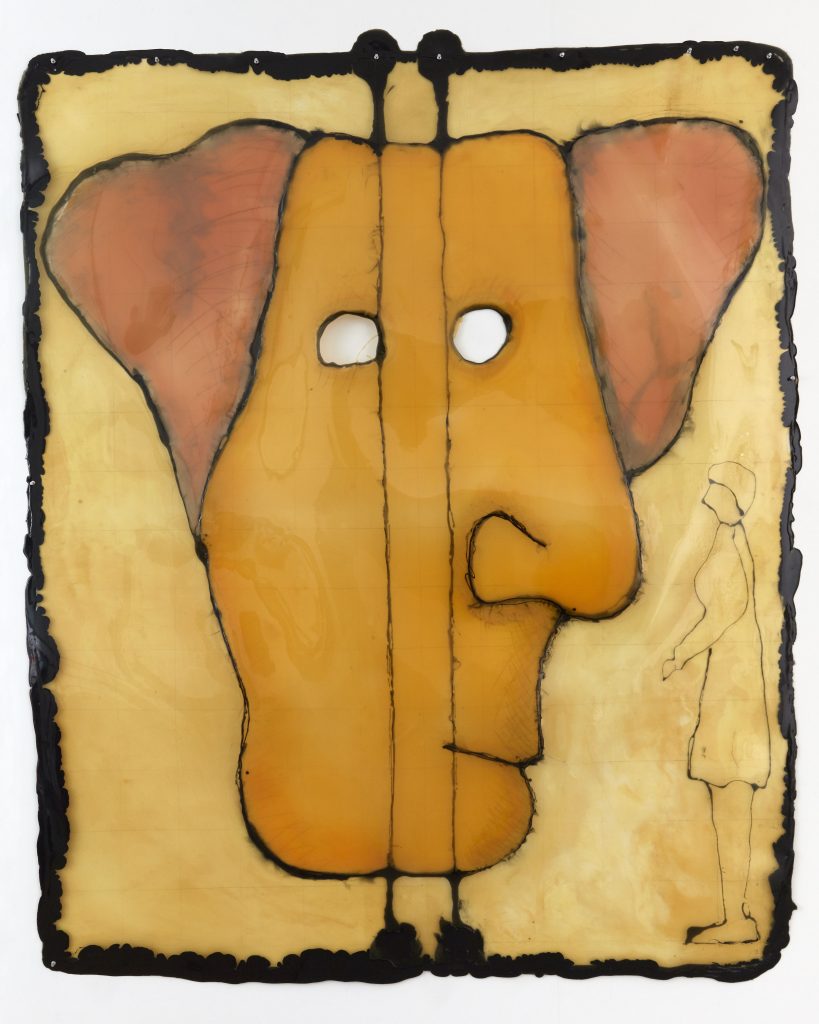
And you’ve done a lot of writing in your career, some manifestos and things like that. Are there any ideas or maybe radical ideas from these manifestos from years ago that you think are still relevant today or that you would like to…
Yeah, the story of the manifesto that I did in Jyvaskyla in Finland, the congress of architecture where I was talking about elastic thought, elastic architecture. I was expressing the relevance to be incoherent. Because to be coherent means that you are always the same. And the reality being not the same, there is a way that it doesn’t work. I said we have to be incoherent because the first freedom is the one over ourself. I was like this yesterday, I am different today because I follow my time and I am different tomorrow because time changed. So this is very important and I wrote a lot of article, little test about this, how important to be incoherent. In the old time was easy to be coherent because time was very calm. In a century you had more or less the same values. But today in a year you have different values. So our reality change and we have to change. It’s very simple.
And so, after spending so much time in New York, I’m curious, do you ever think about returning to Italy or would you ever-
No. What happened here. I don’t know where I die, but I like to be in New York. I don’t want to go and live in another place because I believe that the city is a very important for services. In New York you have everything you need. I need material, I’m able find. If the tool, find. I need the book, I find. Everything I find so is okay here.
Well, my last question for you or one of my last questions for you is in the book you say that design today is a bomb in the mind of conservative people and they try to keep design back.
Yes.
Do you feel that the art world has not embraced design enough or embraced your work enough? This, we call that the art world, the fine art world.
I think about art that there is a lot of ignorance. If you go back to the beginning of art, art was always a representation of something practical. If you think of the portrait, the portrait was functional to remember a person that he was going to die. Or a old man that he was not able to have sex anymore. He was altering a view of women naked because he need to be excited again. Or the church ordering to Michelangelo to make the representation of the table and representation of people in the [inaudible 00:45:08], because they were not believing in the church and pushing them to come back. This is another practical thing. So art was very practical and if the artist was behind this kind of representation then was art. So I think we forgot that.
Today, art is, as I said before, you go in a museum of contemporary art and you see things that are usually in a museum of natural history. You go and you see a fish. Come on the fish in a vase is usually in a liquid to conserve the fish is usually in a national history.
Damien Hirst.
Yeah, I think art need to be much more functional, practical, and understandable by people because we talk about art, but we don’t know the meaning of art.
Thank you to Gaetano Pesce, Sveta and everyone at Monacelli for making this episode happen. The editor of the Grand Tourist is Stan Hall. To keep this going, please follow me on Instagram @danrubinstein to learn more and sign up for their email for updates at thegrandtourist.net. And don’t forget to follow The Grand Tourist on Apple Podcasts, Spotify, or wherever you like to listen and leave us a rating or comment. Every little bit helps. Till next season!
(MUSICAL BREAK)
If a friend of yours came to New York and said, “Gaetano, I want to see something in New York that only you know about, that you really admire for its design or for its architecture,” what would you tell them?
You want to know something surprising?
Yes.
I would say to go to a restaurant where I go almost, not every day, that is called Antonucci, where they do something like this. You go, you don’t look at the menu, you say, “I would like two eggs and a little bit of potatoes.” They do it. So that is the ideal restaurant to serve diversity and it’s very nice. So for me, I go there. It’s a rare place where I repeat myself going to the restaurant because I like to say, “Look, today I have an omelet. Tomorrow, I have this. Tomorrow, I have nothing, et cetera.”
This is on the Upper East Side?
It is 81 between Third and Lexington.
Yes, Antonucci’s!
It’s called Antonucci.
Antonucci.
Yes.
Yes. I think I’ve been there. Yes.
Been there.
It’s a beautiful place.
Yeah.
Yes, I think I have.
(END OF TRANSCRIPT)
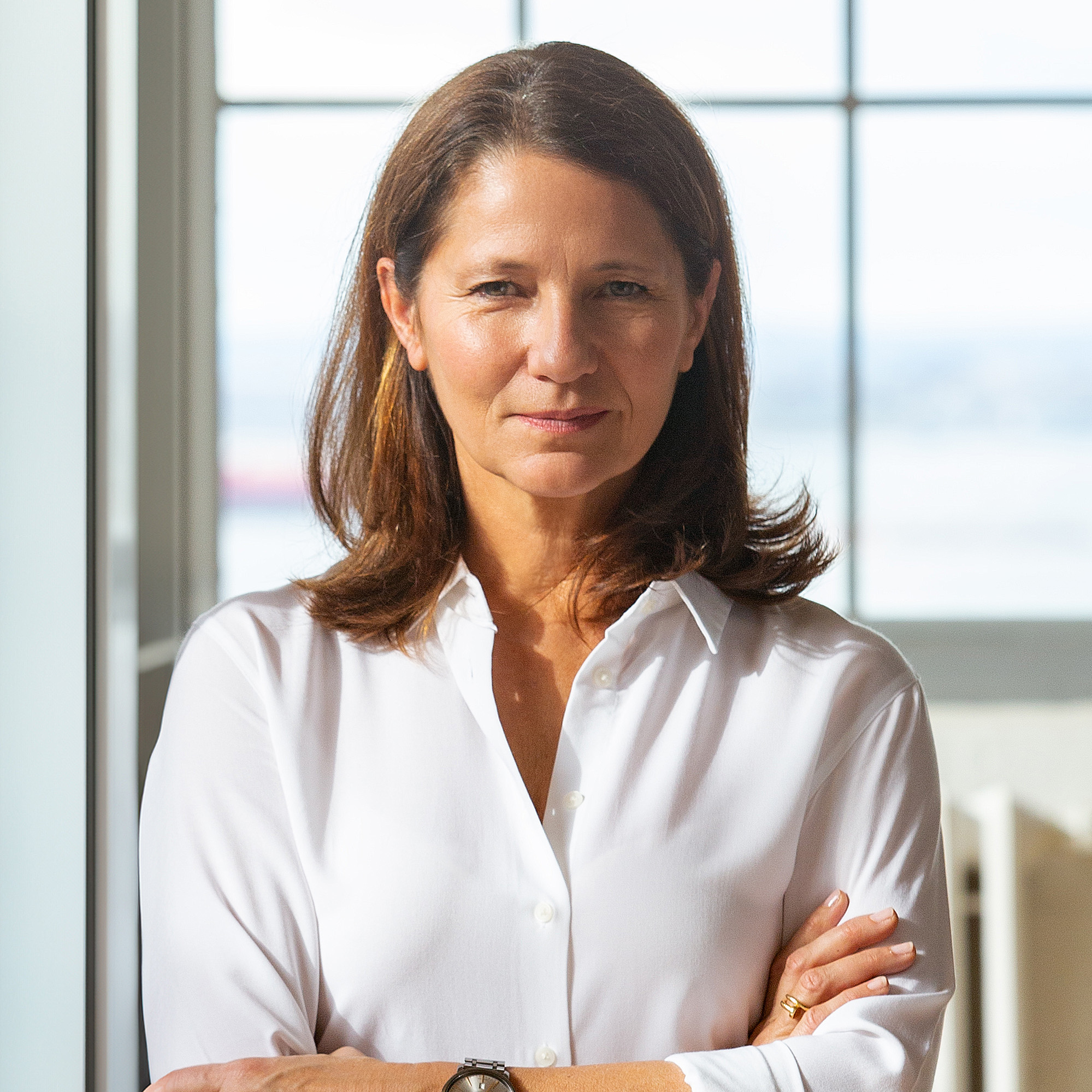
One of New York's foremost design experts shines a light on craftsmanship; Rothko arrives in Scandinavia; and a photographer of the underserved gets a nod at MoMA.
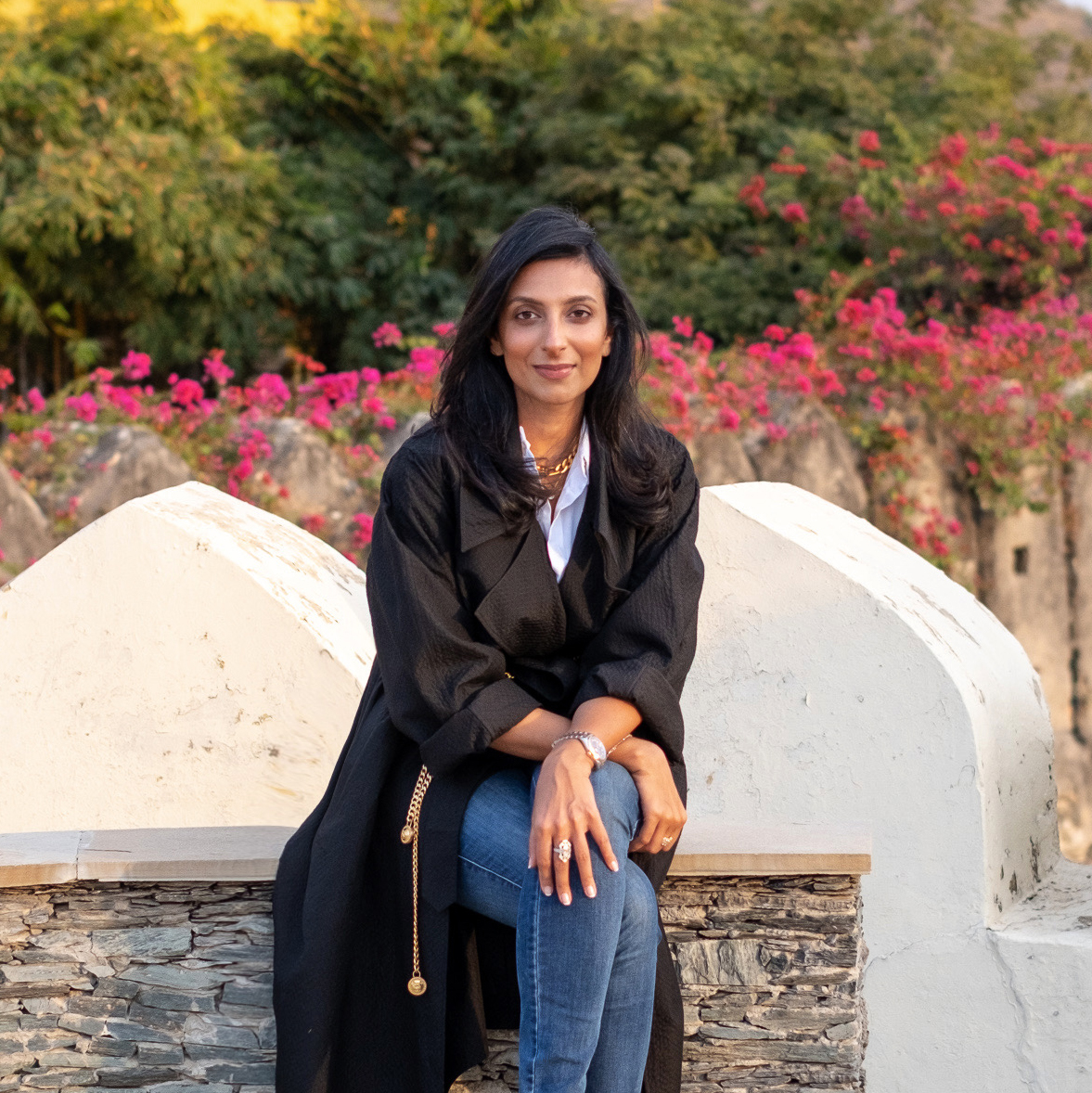
Inside the just-announced Hot List from Condé Nast Traveler with the magazine's Global Editorial Director Divia Thani, and more curated openings.
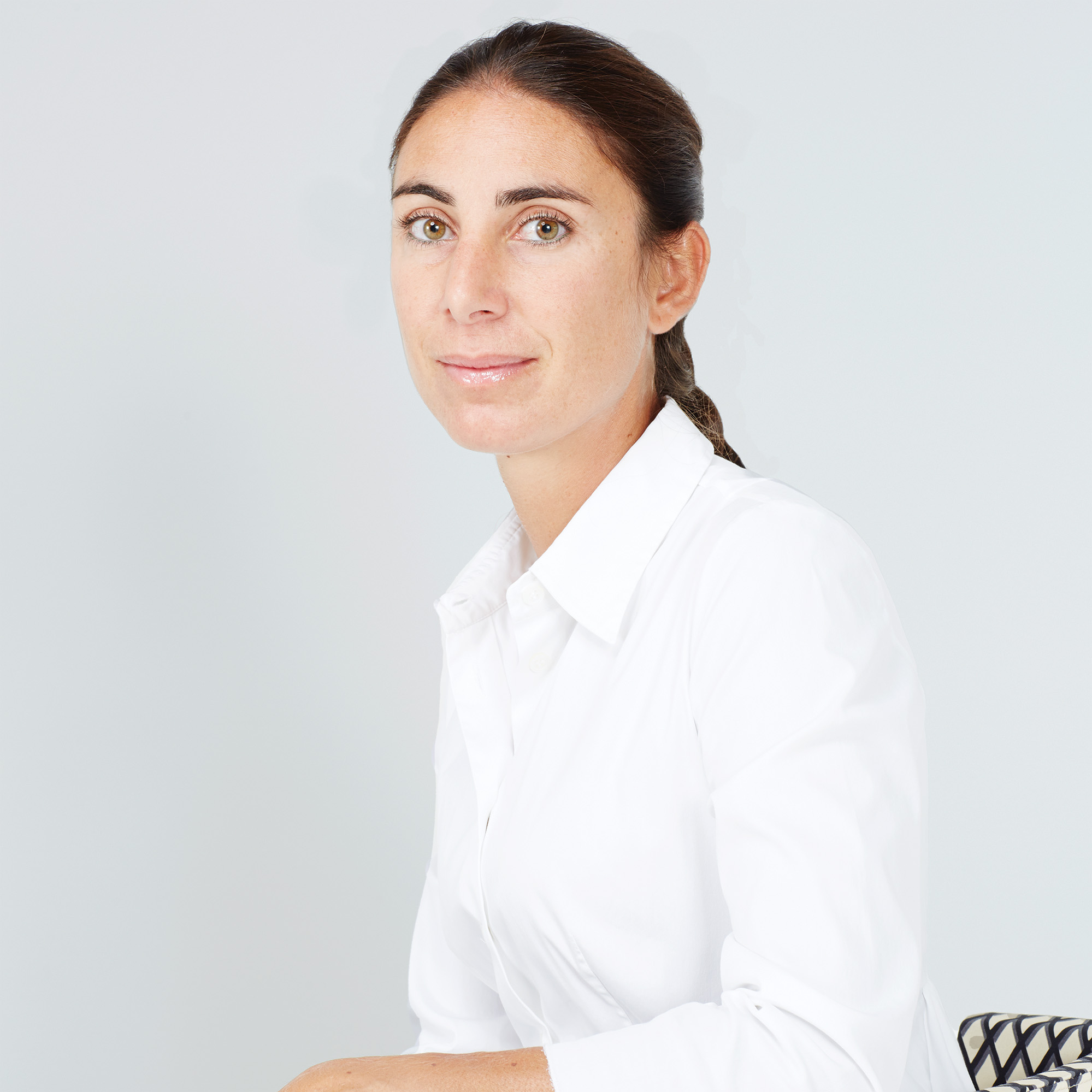
Milan Design Week is the most exciting time of year in design. On this special episode sponsored by Kartell, Dan reports from the Salone del Mobile fair to catch up with a quintet of industry powerhouses.